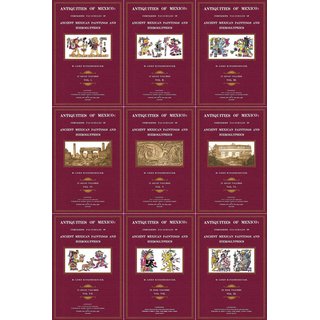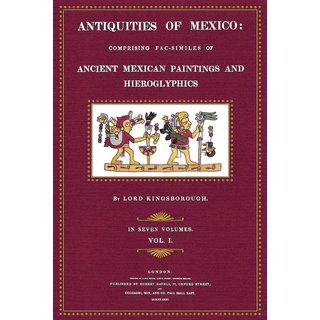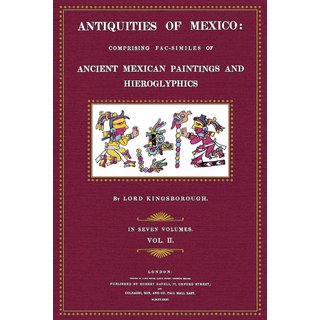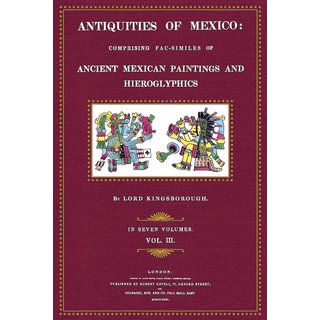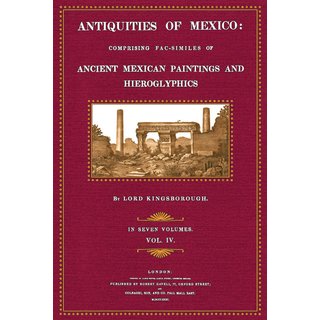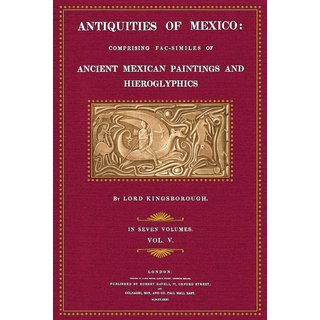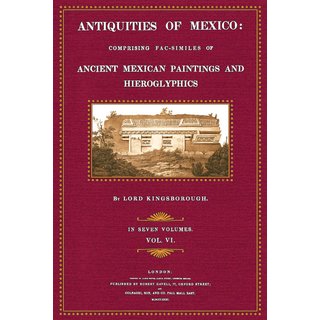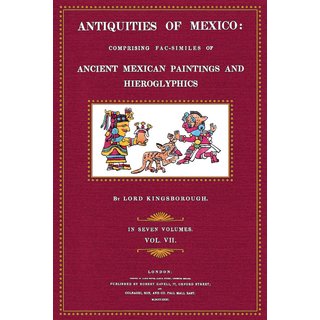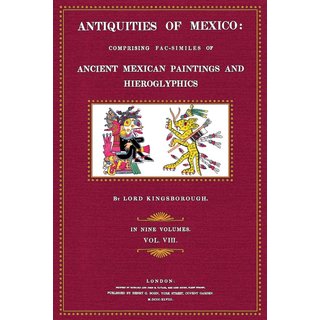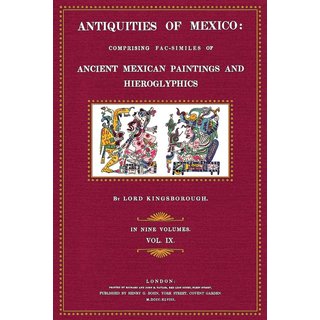King, Edward; Viscount Kingsborough
Edward King, Viscount Kingsborough (16 November 1795 – 27 February 1837) was an Irish antiquarian who sought to prove that the indigenous peoples of the Americas were a Lost Tribe of Israel. His principal contribution was in making available facsimiles of ancient documents and some of the earliest explorers' reports on Pre-Columbian ruins and Maya civilisation.
He was the eldest son of George King, 3rd Earl of Kingston, Lord Kingsborough, the latter a Tory. He represented Cork County in parliament between 1818 and 1826 as a Whig.[1]
In 1831, Lord Kingsborough published the first volume of Antiquities of Mexico, a collection of copies of various Mesoamerican codices, including the first complete publication of the Dresden Codex. The exorbitant cost of the reproductions, which were often hand-painted, landed him in debtors' prison. These lavish publications represented some of the earliest published documentation of the ancient cultures of Mesoamerica, inspiring further exploration and research by John Lloyd Stephens and Charles Étienne Brasseur de Bourbourg in the early 19th century. They were the product of early theories about non-indigenous origins for Native American civilisations that are also represented in the Book of Mormon (1830) and myths about mound builders of Old World ancestry in North America.
Lord Kingsborough was imprisoned for debts, which he had taken responsibility on behalf of his father, and died in the Sheriff's Prison at Dublin of typhus on 27 February 1837,[1] aged 41, two years before he would have succeeded to his father's title. The last two volumes of Antiquities of Mexico were published posthumously.
The Codex Kingsborough is named after him.
Publications
Antiquities of Mexico: comprising fac-similes of ancient Mexican paintings and hieroglyphics, preserved in the royal libraries of Paris, Berlin and Dresden, in the Imperial library of Vienna, in the Vatican library; in the Borgian museum at Rome; in the library of the Institute at Bologna; and in the Bodleian library at Oxford. Together with the Monuments of New Spain, by M. Dupaix: with their respective scales of measurement and accompanying descriptions. The whole illustrated by many valuable inedited manuscripts, by Augustine Aglio (9 vols.). London: A. Aglio (Vols. 1–5), R. Havell (Vols. 6–7), H.G. Bohn (Vols. 8–9). 1830–184
Seite 1 von 1
Artikel 1 - 10 von 10

